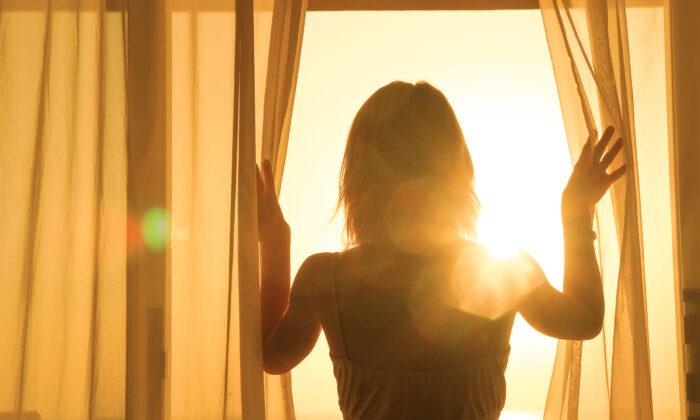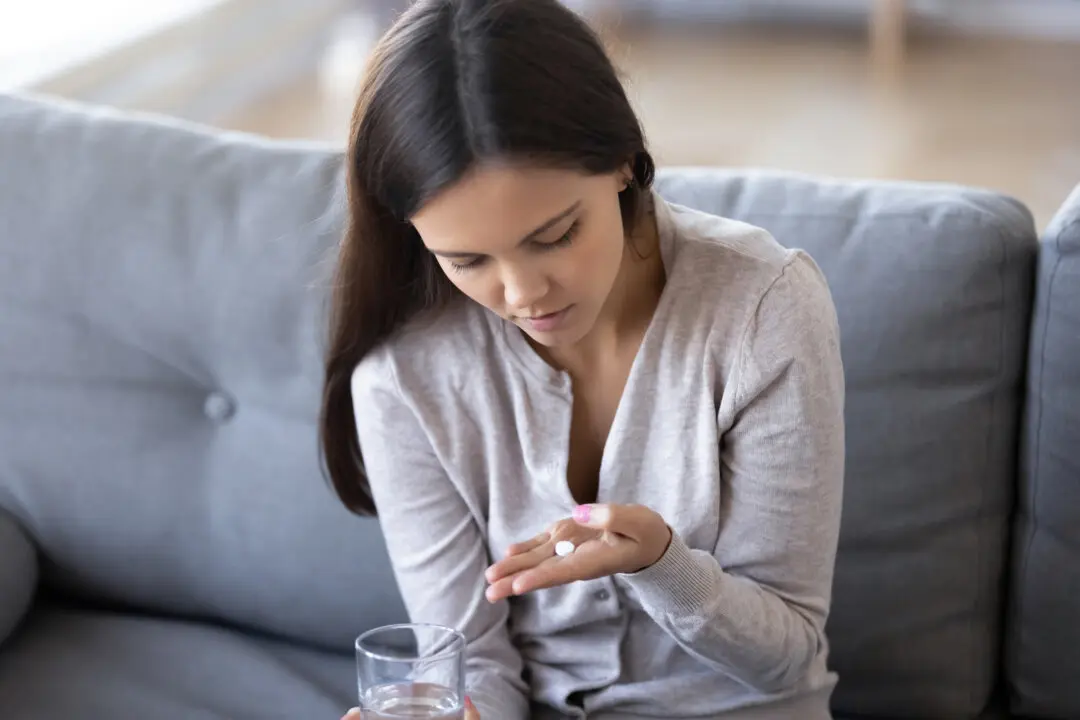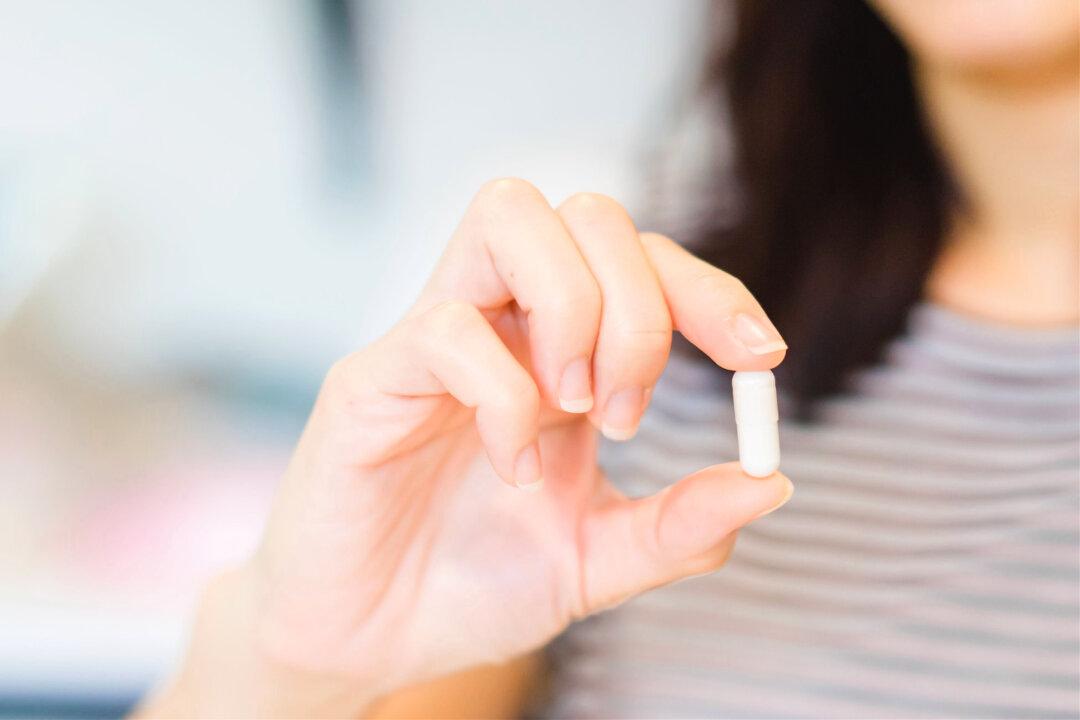STORY AT-A-GLANCE
- Neuroscientist Andrew Huberman details how to effectively harness light and darkness, as well as other factors, to fall asleep faster and stay asleep longer
- The main tools that control when you are awake and when you are asleep include light and darkness, temperature, food and exercise
- Huberman refers to viewing sunlight immediately, or within the first hour, after waking as “the most powerful stimulus for wakefulness throughout the day,” which will also help you fall asleep at night
- Taking a cold shower or ice bath for one to three minutes in the morning will trigger an increase in your core body temperature and lead you to feeling more alert; taking a hot bath or sauna in the evening will have the opposite effect and will help you fall asleep
- Once the sun goes down, you should dim the lights in your environment and use as little artificial light as possible; better yet, use candlelight or moonlight after sunset and be sure your bedroom is pitch black at night
- Other options to help you stay asleep include eye masks, ear plugs or elevating the end of your bed, which can increase the depth of your sleep
According to the American Sleep Apnea Association’s “State of Sleep Health in America in 2022,” 70% of adults obtain insufficient sleep at least one night a month, while 11% have insufficient sleep every night. The report also estimated that 50 million to 70 million Americans suffer from sleep-related problems.[1]
Sleep problems and sleep disorders not only lead short-term issues like problems with alertness, mood and short-term memory, but also contribute to long-term chronic issues, including high blood pressure, cognitive impairment, heart disease and stroke.[2] This is why setting aside one hour and 40 minutes to watch Andrew Huberman’s sleep toolkit video, above,[3] will be time well-spent.
Factors That Influence Your Sleep
Getting a good night’s rest isn’t always as simple as lying in bed and closing your eyes, as many factors influence your nightly sleep patterns and circadian rhythm. However, the main tools that control when you are awake and when you are asleep include:[4]- Light and darkness
- Temperature
- Food, including what you eat, when you eat and the amount you eat
- Exercise
“Cortisol is often demonized and considered this bad thing. And, indeed, you don’t want cortisol to be chronically or consistently elevated throughout the day or night. But you do want cortisol to reach its peak early in the day right about the time you wake up.
- On a clear day, with no or minimal cloud cover, getting about five minutes of sunlight exposure to your eyes early in the day
- On a day with cloud cover, getting about 10 minutes of sunlight exposure to your eyes early in the day
- On a day that’s densely overcast or rainy, getting about 20 or 30 minutes of sunlight exposure to your eyes early in the day
What to Do in the Early Morning to Help Wake Up
Once you’ve leveraged sunlight to your advantage in the first few minutes after waking, you can move to some of the other tools that are useful for wakefulness. Temperature is among them, specifically, trying to raise your core body temperature faster than it would rise naturally.Huberman suggests taking a cold shower or ice bath for one to three minutes to do this, but if you are over 60 I disagree. “While it will certainly wake you up, you release adrenaline, epinephrine, from both your brain and body — the body from your adrenals and your brain from a little cluster of neurons called locus coeruleus,”[7] for many elderly this can be highly counterproductive.
Exercise is another tool to increase your core body temperature early in the day. You may want to do your full workout for the day early in the morning after waking. This is the strategy I use as I typically wake at 4:30 a.m. and start my workout at 6 a.m. for one hour and then immediately follow it with a near-infrared sauna that I describe in my recent article.
The sauna is particularly beneficial after a workout as, if you are fasting, you will activate NAMPT and make more NAD+, and the hormetic heat stress from the near-, not far-, infrared sauna will only add to the increase, improve your mitochondrial melatonin and increase heat shock proteins to help refold the proteins in your brain to prevent Alzheimer’s.
“Exercise, or even just a modest amount of movement — walking, jogging, skipping rope, some light calisthenics,” Huberman says, “… will further increase your core body temperature and help you feel more awake.”[8]
Caffeine is another element that, when used in the early part of the day, can “set in motion a wave of biological cascades that carry though the entire day and into the evening and night, and really do serve to optimize sleep.”[9] Consuming caffeine is not necessary to feel your best or to optimize sleep, but if you’re going to consume caffeinated coffee or tea in the morning, you can optimize
Caffeine works as an adenosine antagonist, limiting sleepiness. Huberman recommends delaying caffeine consumption until 90 to 120 minutes after waking, which allows you to clear out any adenosine that may still be lurking in your system. “Get that sunlight exposure, get some movement to wake up and then, and only then, start to ingest caffeine because what you’ll do if you delay caffeine intake … is you will avoid the so-called afternoon crash,” Huberman says.[10]
Three Critical Periods in a Day
Throughout a 24-hour day, there are three critical periods during which you should try to layer in as many positive tools for optimized wakefulness and sleep as possible. The first critical period is the early morning as discussed, during which you’ll want to get sunlight exposure, raise your core temperature and exercise. This encompasses the time when you wake up until about three hours after — the early hours of your day.The second critical period is the time throughout the day and afternoon, leading into evening, during which you can take steps to help optimize your sleep later. You’ll want to avoid ingesting caffeine during this period and, if you like, take a nap. Naps are fine as long as you don’t nap too late in the day or too long, such that it hinders your ability to fall asleep later. You don’t have to nap at all if you prefer not to, but if you like naps, limit them to no more than 90 minutes.
“As the sun starts to descend, it triggers those same neurons in your eye that communicate with your circadian clock, but it communicates with a different component or different compartment within the circadian clock …
Shortly before the sun goes down, you should dim the lights in your environment and use as little artificial light as possible, including dimming your computer screen and avoiding overhead lights — opting for desk lamps instead. Better yet, use candlelight or moonlight after sunset.
Tips to Help You Fall Asleep in the Evening
In addition to avoiding bright artificial lights at night, you can also take a hot bath or sauna, or use a hot tub, which will temporarily warm you up, then lead to a cooling off of your body temperature, which is conducive to sleep. As your body temperature drops by 1 to 3 degrees, it will make it easier for you to fall asleep.Keeping your sleeping environment cool or even cold will also lead to more restful sleep. You can layer on as many blankets as needed so you feel comfortable, and you’ll naturally stick out a hand or foot when you’re feeling too warm, helping you to stay at the best temperature for sleep.
- Magnesium threonate
- Apigenin
- Theanine
He also takes 900 milligrams of myo-inositol every other night, on the nights he doesn’t take glycine and GABA, which helps him fall back asleep if he wakes in the middle of the night.
“I promise that if you start to implement some, or ideally all, of these tools,” “the quality of your sleep will increase tremendously. And, of course, in doing so, the quality of your daytime alertness and your ability to focus will improve tremendously.
Limit EMFs in Your Bedroom
Similar to bright light, electromagnetic fields (EMFs) disrupt your pineal gland’s production of melatonin[14] while also harming your body’s mitochondria by producing excessive oxidative damage. Your body was designed to rest and recover at night and if your Wi-Fi is on along with your cell phone on your nightstand, you are absolutely sabotaging any chance you have at proper recovery.Sleeping surrounded by EMFs all night, every night, can cause or contribute to many chronic ailments, including premature aging and neuronal changes that affect memory and your ability to learn.[15]
Most of us are exposed to EMFs on a 24/7 basis, but you can limit your exposure significantly by shielding your bedroom. One important step toward this end is to turn off your Wi-Fi at night or, better yet, hard-wire your home and get rid of the Wi-Fi altogether.
Keep in mind that if you do choose to watch TV after sunset, you not only have the blue light from the screen to contend with, but also EMFs. Most new TVs are “smart,” meaning they communicate wirelessly by Wi-Fi and it is impossible to turn off. One solution to this is to use a computer monitor as your TV screen, which does not have a Wi-Fi signal.
I also recommend shutting off the electricity to your bedroom at night, which typically works to reduce electrical fields from the wires in your wall — unless there is an adjoining room next to your bedroom. If that is the case you will need to use a meter to determine if you also need to turn off power in the adjacent room.







Friends Read Free